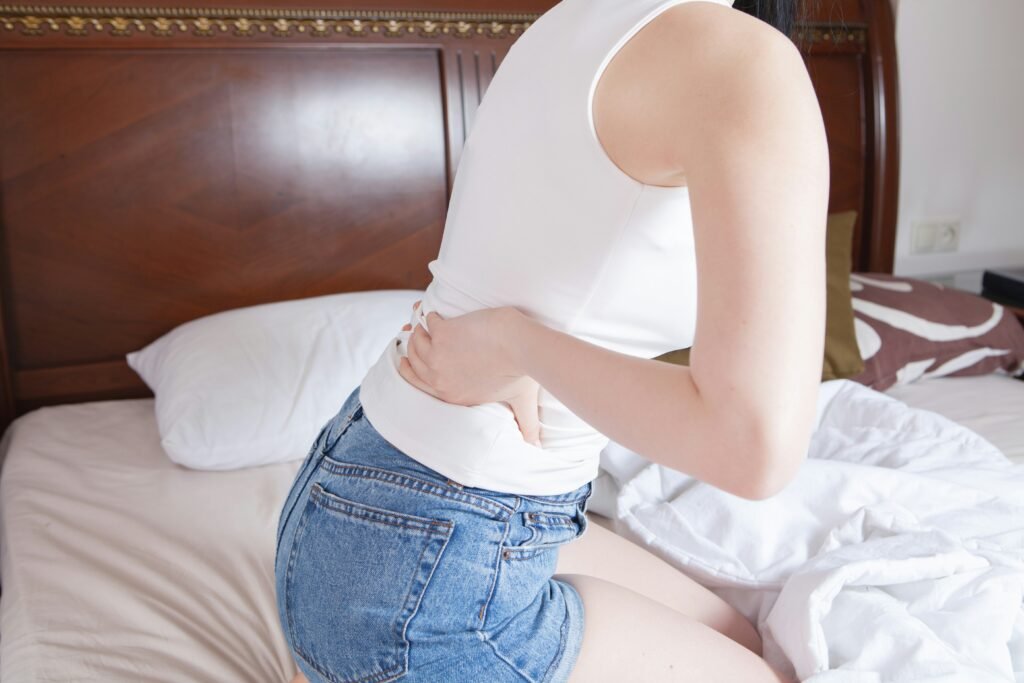Table of Contents
scoliosis is the lateral curvature of the spine in the upright position in the coronal plane.
the lateral curvature is usually accompanied by some rotational deformity. nature has defined four physiological curves in co-called erect spine
- cervical lordosis
- lumbar lordosis
- dorsal curve in thoracic spine
- sacral region
thus, when the spine creates an lateral curve, it is abnormal.
it throws the well-adjusted spinal mechanism out of gear and poses the following problems:
- a cosmetically unacceptable deformity.
- deranges the load and force transmission mechanism through the spine
- jeopardizes the functions of vital organs like lungs, heart by overcrowding the rib
thus, a scoliotic curve makes the spine ‘crooked’ and a ‘crooked spine is a wicked spine’, if one considered above problems it poses.
Scoliosis Seen from behind, the spine is straight. Any curvature in the coronal plane is scoliosis.
The position and direction of the curve are specified by terms such as thoracic scoliosis, lumbar scoliosis, convex to the right, concave to the left, etc
postural scoliosis
In postural scoliosis the deformity is secondary or compensatory to some condition outside the spine, such as a short leg, or pelvic tilt due to contracture of the hip.
When the patient sits (thereby cancelling leg length asymmetry) the curve disappears.
Local muscle S1 spasm associated with a prolapsed lumbar disc may cause a skew back; although sometimes called ‘sciatic scoliosis’ this, too, is a spurious deformity.
structural scoliosis
In structural scoliosis there is a non-correctable deformity of the affected spinal segment, an essential component of which is vertebral rotation.
The spinous processes swing round towards the concavity of the curve and the transverse processes on the convexity rotate posteriorly.
In the thoracic region the ribs on the convex side stand out prominently, producing the rib hump, which is a characteristic part of the overall deformity.
Dickson and co-workers (1984) pointed out that this is really a lordoscoliosis associated with rotational buckling of the spine.
Clinical features
Deformity is usually the presenting symptom:
an obvious skew back or a rib hump in thoracic curves, and asymmetrical prominence of one hip in thoracolumbar curves.
Balanced curves sometimes pass unnoticed until an adult presents with backache.
Where school screening programmes are conducted, children will be referred with very minor deformities.
Pain is a rare complaint and should alert the clinician to the possibility of a neural tumour and the need for MRI.

Scoliosis in children is a painless deformity. Scoliosis with pain suggests a spinal tumour until proved otherwise.
There may be a family history of scoliosis or a record of some abnormality during pregnancy or
childbirth; Note the early developmental milestones.
Expose the trunk completely and examine the patient from the front, the back, and the side.
Skin pigmentation and congenital anomalies such as sacral dimples or hair tufts are sought.
The spine may obviously deviate from the midline, or this may become apparent only when the patient bends forward (performing the Adams test).
Note the level and direction of the major curve convexity
(e.g., ‘right thoracic’ indicates a curve in the thoracic spine and convex to the right).
The hip (pelvis) sticks out on the concave side and the scapula on the convex.
The breasts and shoulders also may be asymmetrical.
With thoracic scoliosis, rotation causes the rib angles to protrude, thus producing an asymmetrical rib hump on the convex side of the curve.
In balanced deformities the occiput is over the midline; in unbalanced (or decompensated) curves it is not.
One can determine this more accurately by dropping a plumb line from the prominent spinous process of C7 and noting whether it falls along the gluteal cleft.
The diagnostic feature of fixed (as distinct from postural or mobile) scoliosis is that forward bending makes the curve more obvious.
Treatment
The most important aspect in the treatment of scoliosis is early detection of the curve.
the curve that is obvious in standing position has already approached 30-40 degree. detecting a curve before it reaches 20 degree.
frequent re-examinations are essential. the treatment depends on the age of the patient and the severity of the curve.
Generally Accepted Guidelines for Observation
- curves of less than 20 degree in skeletally immature persons are examined every 6 months.
- curves less than 20 degree in skeletally mature person require no further evaluation
- If the curves are more than 20 degrees in skeletally immature patients, examine them every 3-4 months. Treat curves more than 25 degrees with orthotic treatment.
- if more than 30-40 degree in skeletally mature person do not require treatment.
- however it is examined radiologically for progression every 2-3 years.
Orthotic treatment
this is effective in skeletally immature person .
for mild to moderate curves, milwaukee brace, boston brace, reisser’s turn buckle cast, localizer cast, etc are used and the 20degree level is considered still for bracing
most effective among these is boston brace
other non operative measures
traction : it helps to stretch the contracted structures prior to surgery .
exercises and electrical stimulation can be helpful
Surgical treatment
this is indicated for high degree thoracic curve, which is inflexible and is associated with secondary changes in the ribs
spinal surgery is also indicated wen the curve is over 60 degree and aims at obtaining fusion at the spine
surgical methods
- anterior fusion
- posterior fusion
distraction techniques
- halopelvic distraction
- halofemoral distraction